Rabbit Farming: This woman started cottage industry with rabbit farming, know the specialty of Angora rabbit
How much does it cost to prepare Rabbit Farm? Know the tips of rabbit rearing from Manjusha
Farming and farmers are said to be the backbone of India’s economy and why not! During the Corona period, agriculture was the only sector that held the country’s economy firmly. While India’s GDP declined by 7.5% in 2020, the growth of agriculture sector grew by 3.4%. In recognition of these tireless efforts and contribution of farmers, it was decided to celebrate Kisan Diwas in 2001. The birthday of the 5th Prime Minister of India, Chaudhary Charan Singh, is celebrated as Kisan Diwas. He is credited with improving the condition of Indian farmers. On this special day of Kisan Diwas 2021, today we are going to tell you about one such woman from Rajasthan, who is working for the upliftment of the women of her area by rearing rabbits.
Many people keep rabbits in their homes as a hobby, but do you know that rabbit farming can also emerge as a business? An example of this has been presented by Manjusha Saxena, a resident of Mount Abu, Rajasthan. Manjusha Saxena is associated with rabbit farming for almost 15 years. In a special conversation with Kisan of India, Manjusha shared many important things related to rabbit farming.
Why choose rabbit farming?
Mount Abu is an eco-sensitive zone, that is, it comes under environmentally sensitive areas. There is no industry or factories etc. In a conversation with Kisan of India, Manjusha said that she started looking for a business that is eco-friendly and also gives employment to the people. During this time she came to know about rabbit farming. After this she started collecting information on rabbit farming. In 2006, Manjusha Saxena started Rabbit Farm under the name Angora Woollen Products.
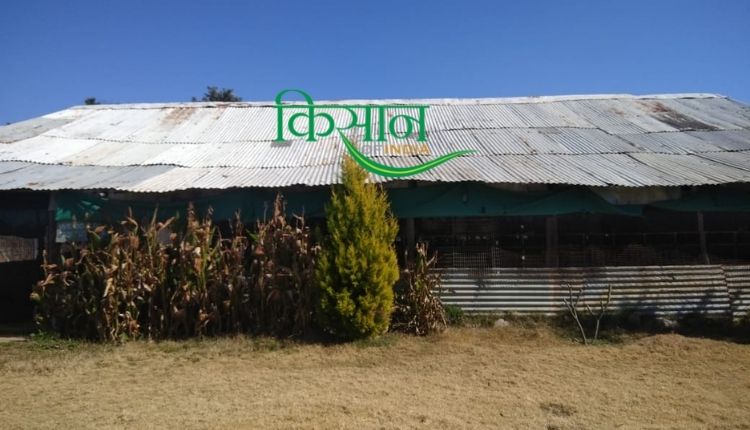
Manjusha follows the German Angora breed of rabbit
Manjusha says that it was always in her mind to start such a business in which animals do not suffer. Do not misbehave with them. For this, instead of choosing the meat business in rabbit farming, he chose the cottage industry. The hair of the Angora rabbit is used to make woollen clothes.
In 2006, Manjusha brought 5 to 6 rabbits from Himachal to Mount Abu. In this, from rabbit purchase and transportation to fodder, a total of about 60 thousand rupees were spent in two months. During this time she noticed that the climate of Mount Abu is very favourable for this breed of rabbits. Manjusha says that the Angora breed rabbits do not survive for long in the temperature more than 35 degrees.
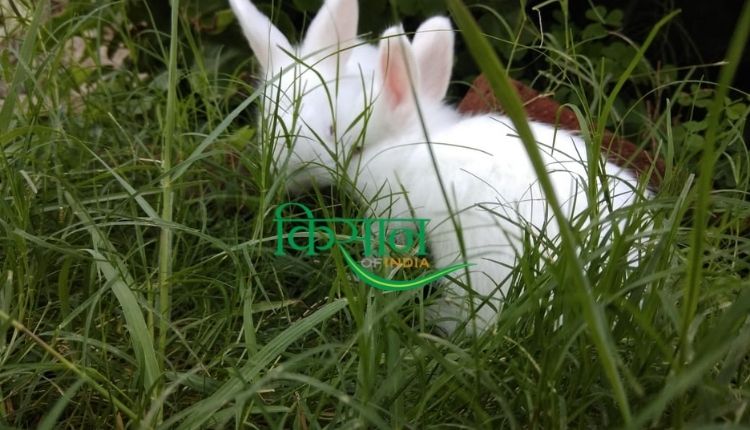
Increased business in 2008
Expanding his cottage industry in 2008, he bought another 40 Angora rabbits. Handloom setup was installed in the farm. Connected many tribal and poor women of the area to their cottage industry. Under a scheme of NABARD, about 25 women were provided training in woollen industry. Manjusha Saxena also got encouragement from the Ministry of Textiles. Funding received for training. She has provided handloom training to about 60 to 70 women till now.
Earlier in 2007 a cooperative society was formed by the name of Abu Agro Products. It cost 5 to 6 lakh to start the setup. The funding for the setup was arranged by the members of the cooperative society.
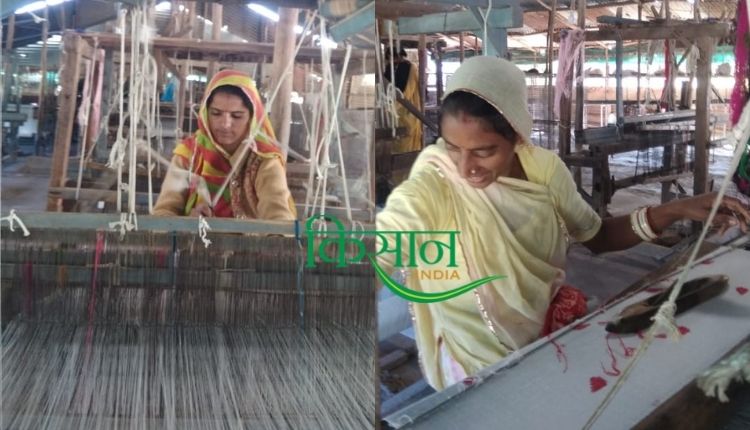
What is special about the wool made from the hair of the Angora rabbit?
Referring to Angora rabbits, Manjusha said that they are very calm by nature. Wool is made from sheep’s hair in general, the quality of wool made from angora hair is completely different. The wool of the Angora rabbit is soft and fine. The clothes made from its wool are in great demand all over the world.
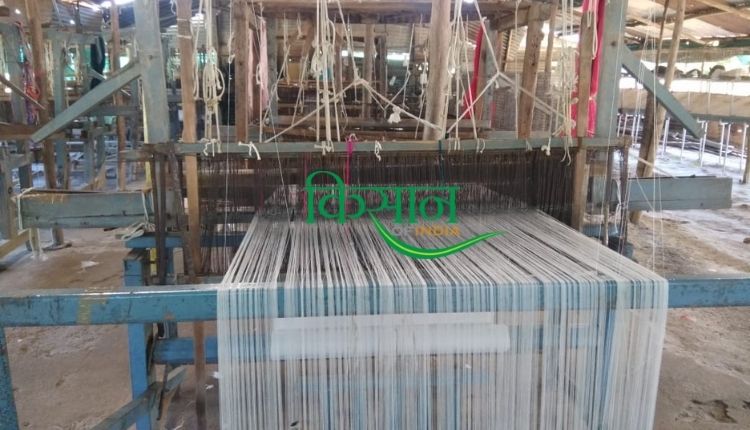
How many days after harvesting does Angora rabbit’s hair come?
Manjusha says that their hair starts coming only after 24 hours of harvesting. Their hair is ready for harvesting in 75 days, and the cutting of their hair starts within 90 days. This is because their hair starts sticking together after the delay in harvesting. Hair also starts sticking to the rabbit’s skin. This does not allow air to enter the skin and it affects the health of the rabbit. There is a fear of reducing their age.
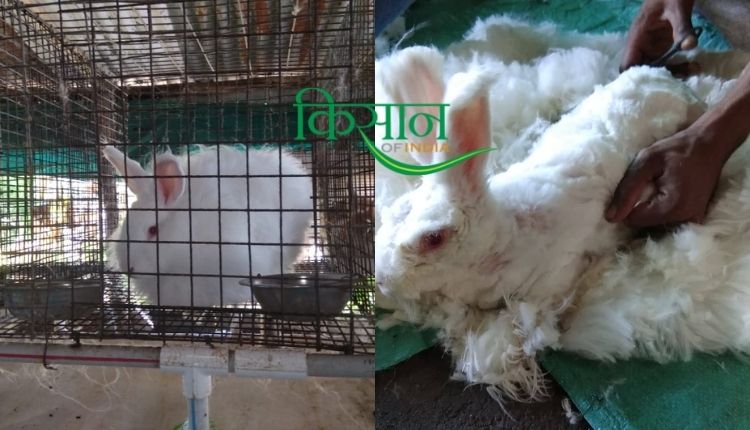
How is Angora Rabbit Breeding?
On this subject also Manjusha Saxena spoke to us in detail. She told that she gets rabbit breeding done in four to five months. For this, the months of February and October are the best according to their region. The gestation period of the Angora rabbit is 30 to 35 days. A female rabbit gives birth to about three to five young ones at a time.
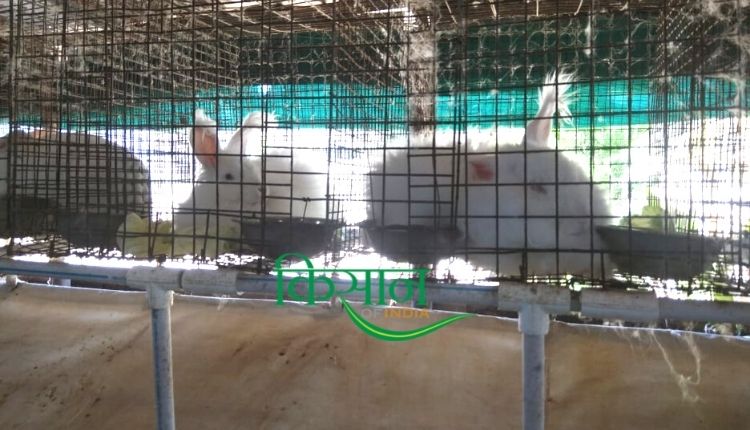
In how many days does the wool become ready after the hair is cut?
Manjusha says that after cutting the hair of rabbits, those hairs are sent to Himachal Pradesh. This is because wool is produced there from rabbit hair. Then after about a month and a half, the wool made from the hair reaches them. Manjusha manufactures products such as shawls, stoles, mufflers, caps, sweaters and scarves at her Angora Woollen Products farm. Tourists also often visit his farm.
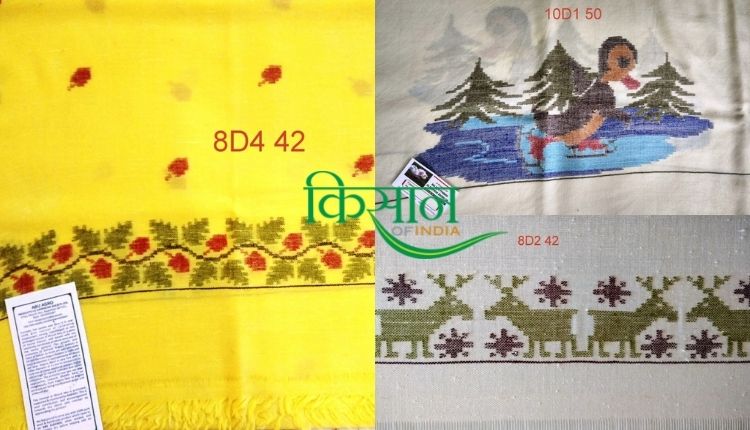
Angora rabbit hair price
Angora rabbit hair is sold for Rs 1600 to Rs 2200 per kg. Manjusha says that the price of her hair depends on the market demand. At least 1600 rupees per kg remains in the market. One rabbit can produce 100 to 300 grams of wool.
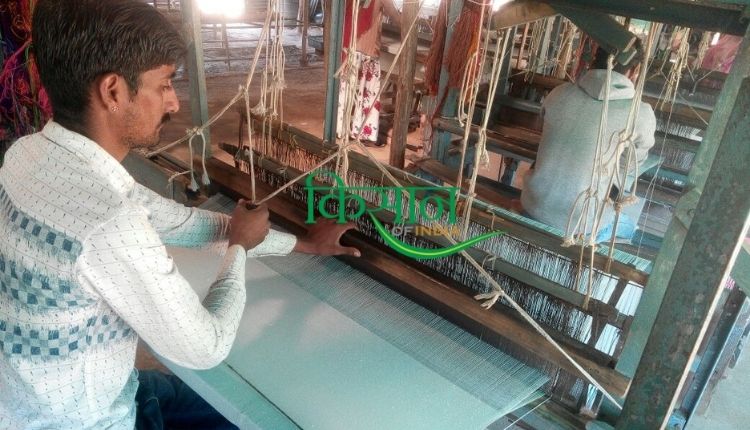
How is the market for products made from rabbit hair?
Manjusha says that if the method of making your product is different, then its price will also be good. That is why he chose wool made from rabbit hair for his cottage industry. A cap and scarf made in his farm cost Rs 600-600, a plain piece of ladies shawl costs up to Rs 2500. In addition, the prices of clothing with other designs and colours keep on changing.
The colour of wool made from angora hair is off-white. Apart from plain off white, colourful products are also produced according to the demand of the customer. It is set according to the customer.
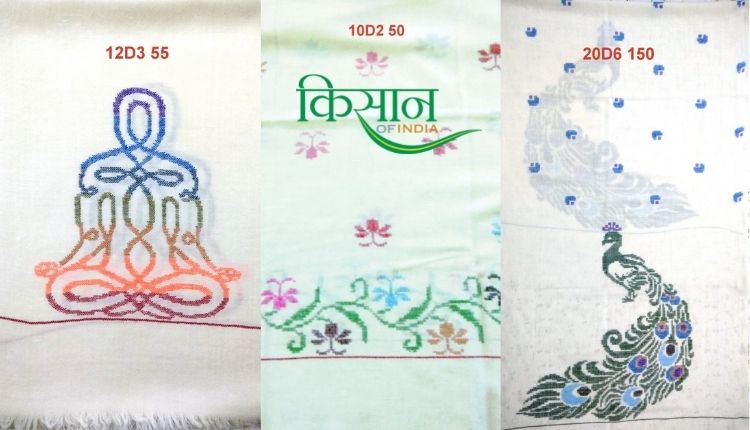
Where to buy Angora rabbits?
Manjusha says that those who want to join the cottage industry of rabbit rearing can contact the North Temperate Regional Station (NTRS) of Central Sheep and Wool Research Institute (CSWRI) located at Gadsa, Kullu, Himachal Pradesh. Along with training, rabbits are also provided here.
What are the things to keep in mind while rearing the Angora breed?
For those who want to join the cottage industry by rearing rabbits, Manjusha advises that it is very important to have a cool climate for the rearing of this breed. Manjusha said that Angora rabbits already have a lot of heat because of the hair in their bodies. In such a situation, their survival rate remains very low in places with high temperature. On the other hand, special care has to be taken of green grass and leaves in the diet of Angora because it is a herbivorous organism. For this, grass of Doob, Luceran, Berseem and Palka are good. Apart from this, they eat beetroot, carrot, cabbage with great fervour.
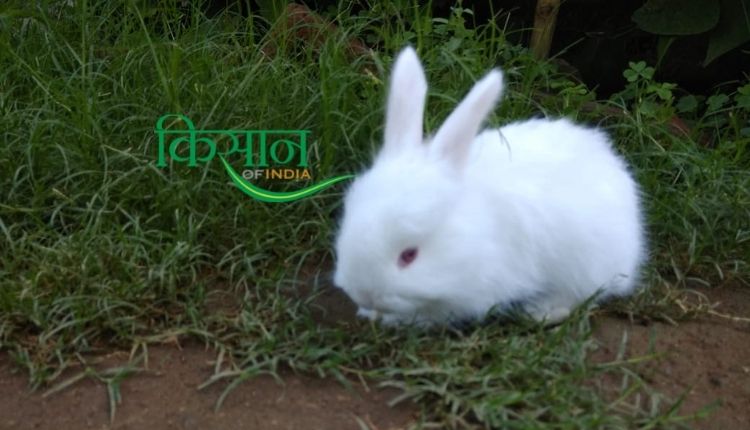
From where can I take loan for rabbit farming?
Regarding this, Manjusha Saxena informed that those who are interested in rabbit farming can contact the NABARD office of their district for subsidy or loan. Area Managers give you information about this and give full help.
Also Read: Tomato Cultivation: Nethouse technology adopted to reduce cost in tomato cultivation
Contact us: If farmers want to share information or experiences related to farming with us, then they can do this by calling us on the phone number 9599273766 or by writing an email to [email protected] or by sending your recording. Through Kisan of India, we will convey your message to the people, because we believe that if the farmers are advanced then the country is happy.
You can connect with Kisan of India on Facebook, Twitter, and Whatsapp and Subscribe to our YouTube channel.



